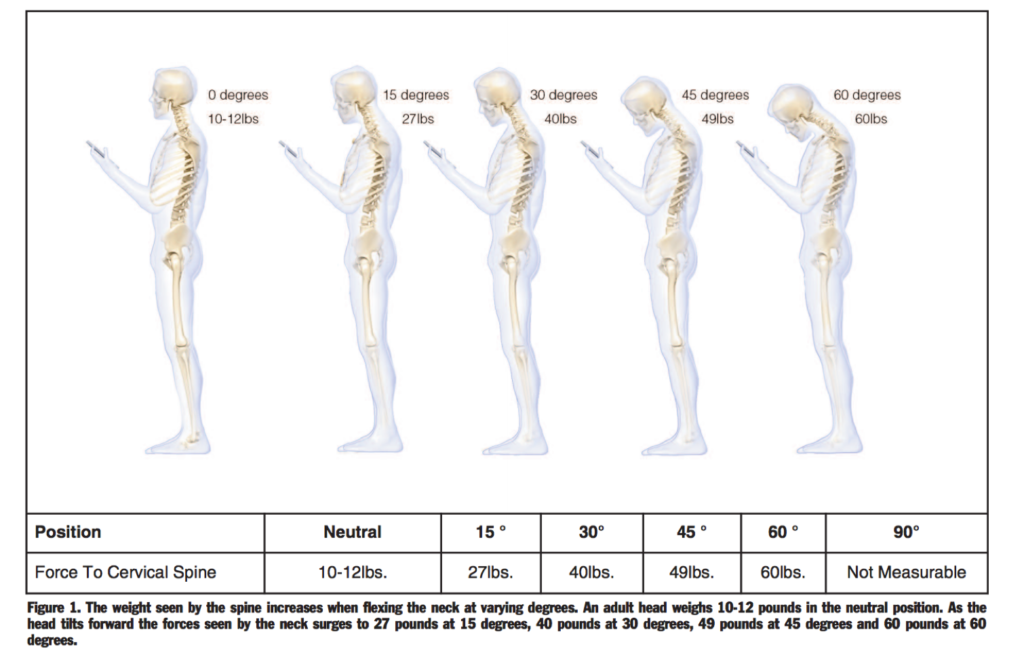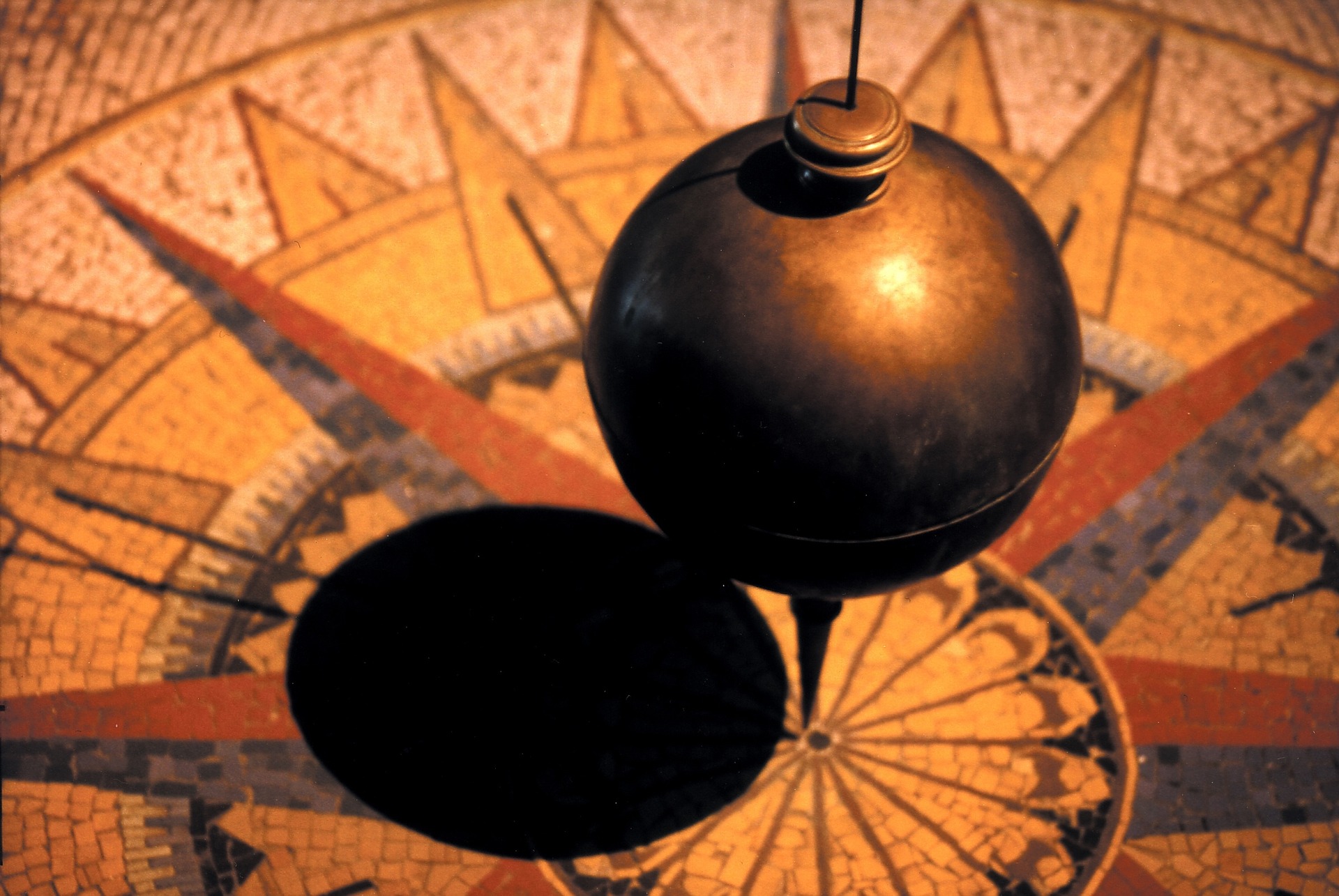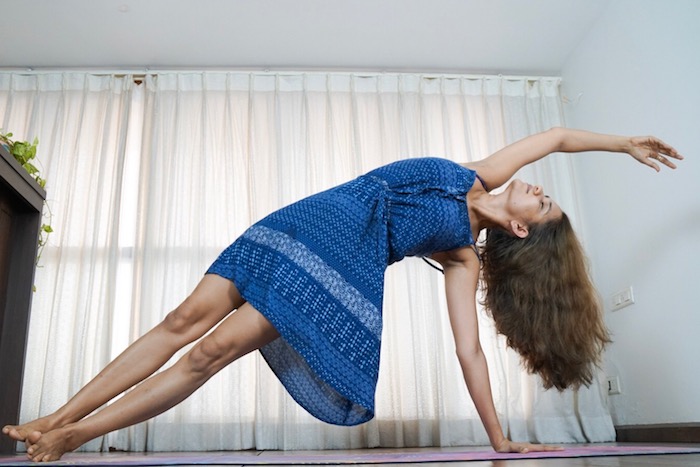Better than 90 percent of the energy output of the brain is used in relating the physical body in its gravitational field. The more mechanically distorted a person is, the less energy available for thinking, metabolism and healing – Dr Sperry
Human spine is a formidable structure that rebelled against gravity and gave us the evolutionary breakthrough which no other creature of the planet has managed. Both spiritually and medically the spine has been much revered from Socrates to Hippocrates to modern science.
Physically the top of our spine balances one of the heaviest heads (in proportion to the body) on our cervical curve. Spiritually the most powerful energy centres are located in our brain – we even meditate by focusing on one of them as we concentrate between the eyebrows. Called the Ajna Chakra this is one of the most powerful chakras that once opened sets a chain reaction of physiological events down our spine known as Kundalini awakening. Where Asana practice helps to strengthen the spine, pranayama helps in activating the mind by creating new neural pathways in our brain through the breath.
While scientists still disagree over what exactly caused us to start walking on two feet, the fact remains that our spines are remarkable mechanical structures that defy gravity. It is that force which makes us a bit heavier around the middle by the end of the day, takes away our height a bit every two score years, makes our hearts work harder and gives us lower back ache and swollen feet. Even babies are not spared and can often be seen sleeping bottoms up to counteract the effect of gravity and make their heart do less work to supply blood to more important parts of the body like the brain.
Our ability to stand and sit is nothing but a fight against gravity on a daily basis without reprieve. In the modern life humanity has more or less given up on this fight and as a result our posture is worsening with each generation. What evolution will bring to us as a result of this trend is open to many fantastic interpretations (large heads, short bodies?, Neanderthals!), but since evolution works over thousands of years, most of us will not be around for it. So we need to do all that we can to ensure that the spines we have last us a lifetime without being degenerated by the formidable force of gravity.
To be efficient in our posture, we should be balancing this heavy ball (of head) on our curiously shaped spine exactly above our center of gravity. Our spine does that by its unique S shape and through the spinal discs that make it like a spring which can absorb shock and pressure. Deviating our head even a little from this alignment would multiply the pressure felt by the spine manifold. Yet this is what we do all day, completely captured by our mobile phones thriving in our digital worlds.
Dr. Kenneth Hansraj conducted a study to understand the impact of cell phone usage on our spines. It was discovered that the stress on the neck multiplied when the head was incrementally moved forward which caused early wear and tear of the cervical region. On an average, we spend two to four hours a day looking at our phones which means up to 1400 hours a year overloading our spine with a poor posture. The numbers may be even higher for the younger generation which spends much more time on phones and tablets.

In the head’s neutral position the weight on our spines is about 4 kilos, at a 60 degree forward tilt the effective weight became 27 Kilos. The numbers are overwhelming but hopefully they put the ‘gravity’ of the situation in perspective. Clearly dangling the head forward should be done only on one occasion – for the guillotine.
There is a division in the center of our back, where the spine moves simultaneously in two opposite directions, from the waist down towards the legs and the feet, which are pulled by gravity, and from the waist upwards, through the top of the head, lifting us up freely – Vanda Scaravelli
When we put evolution in the context of Yoga we observe the opposing forces of duality – gravity that keeps us rooted and closer to the earth against our innate urge to express that makes us rise and reach up to the skies. Humans are the only animals to have aligned these two opposing forces in opposite directions by becoming vertical mobile beings.
Gravity also gives a constant stimulus to our brain by exerting its influence on the muscles and joints even when we’re not moving which keeps the brain active and neurons firing. It exerts the maximum influence on our spinal column that defied and rebelled against its laws. All of this is efficient when posture is good and becomes inefficient when posture goes bad. An altered posture most significantly results in defective stimulus to the brain.
In Yoga, Gravity gives us context to work with, it creates an opposing force to generate energy with. If we were in a weightless environment like astronauts we would barely be able to squirm around any of our body parts. After even a short space mission astronauts suffer bone degeneration similar to osteoporosis and lose muscle mass. Many can’t even support their own body once they land back on earth.
There is no Asana without this force that keeps us grounded. Every bend, twist or lift is a work of our energy against that of gravity. All Asanas work to strengthen the spine improving its elasticity and arrangement, while also making the spinal musculature stronger. This is the ultimate goal of an Asana practice, to enable us to be stable and still in a sitting position for long periods of time. They are a preparation for the higher stages of Yoga in which we require a most formidably resilient spine.
Yoga does that by first helping us find our center. Asana practices constantly makes us test our limits by trying to find balance in various postures. It makes us more aware of our bodies and activates all the senses to better understand where we are in space. Because we can no longer rely on our understanding of things as they are once we go upside down. Without finding that center it is not possible to balance. We first balance on one leg, then on one arm, then we balance and twist and bend and fold. We keep pushing our brains to completely align with every aspect of our body and how it responds to gravity. This gives us better control and better focus – both needed not just in physical terms but also in metaphysical terms for advancing in Yoga.
As Kundalini lies at the root of our spine, it is also where our center of gravity is in standing Tadasana position. When Kundalini lies dormant, the gravity has full influence on us, when it breaks through, the impact of gravity ends, breaching all limitations of time, space or substance and frees the soul from the rules of life and death. That’s why most seated asanas are recommended for meditation practice (padmasana, sukhasana, siddhasana etc) because they make our base of support wider with knees on either side and the legs touching the ground, they bring our center of gravity closer (to earth) and they lock our body such that it does not move easily and can fight the temptation of sleep.
Gravity has played a role in our evolution and it continues to play its part in our spiritual journey. The human spine has evolved from movement. Anything otherwise reduces the stimulation as well as nutrition to the brain. The question is, are we living a productive life or are we just spending most of our energy trying to get ourselves to sit up straight.







